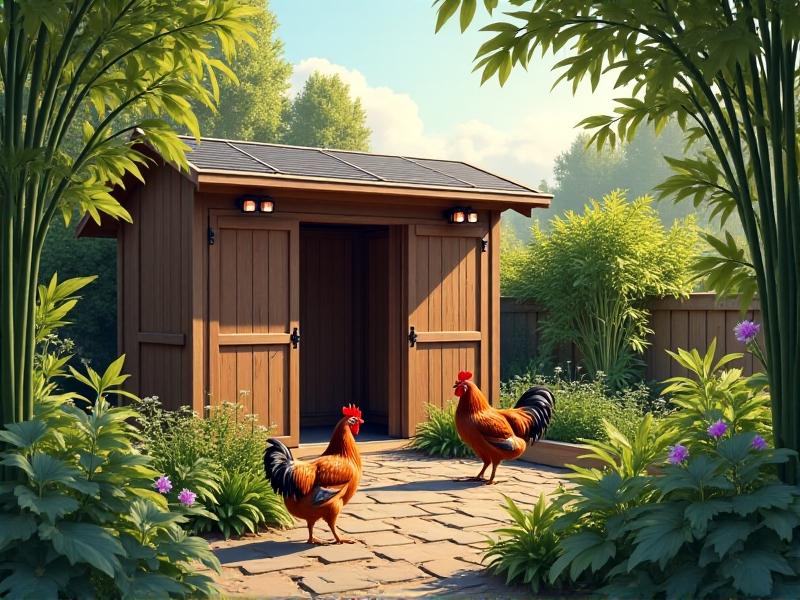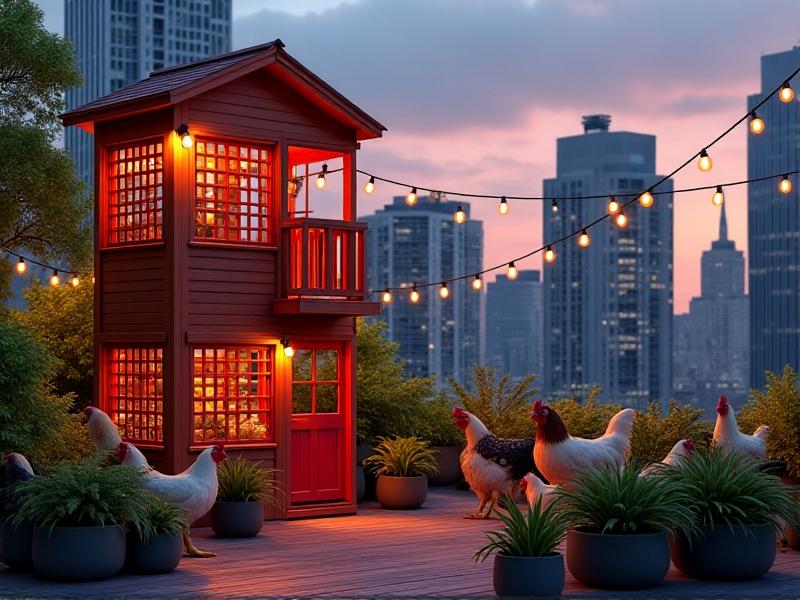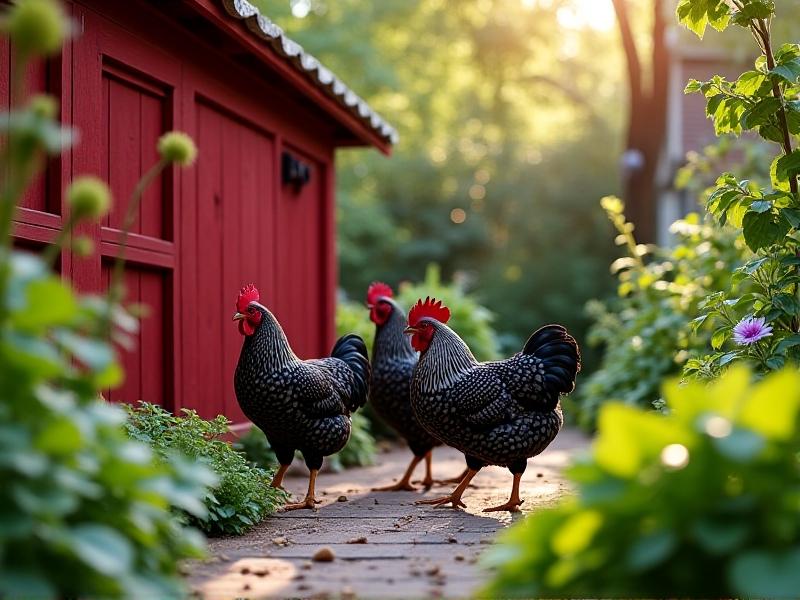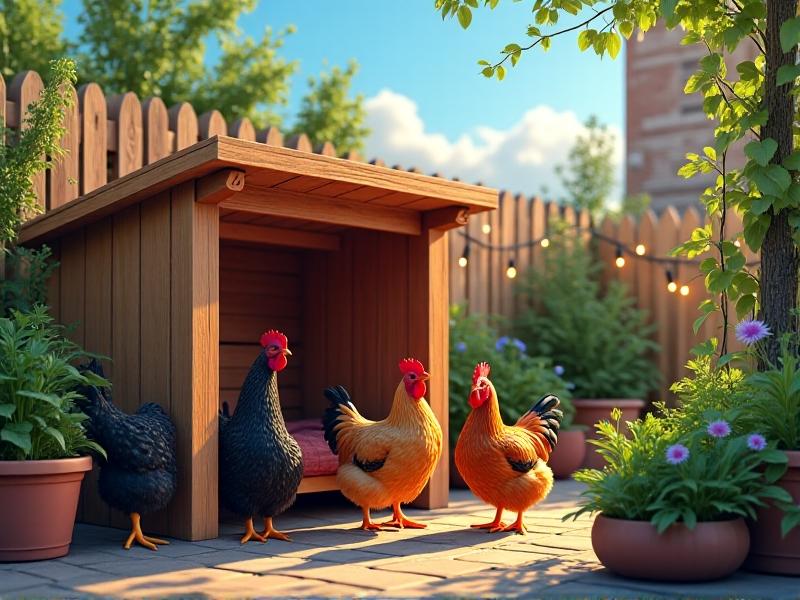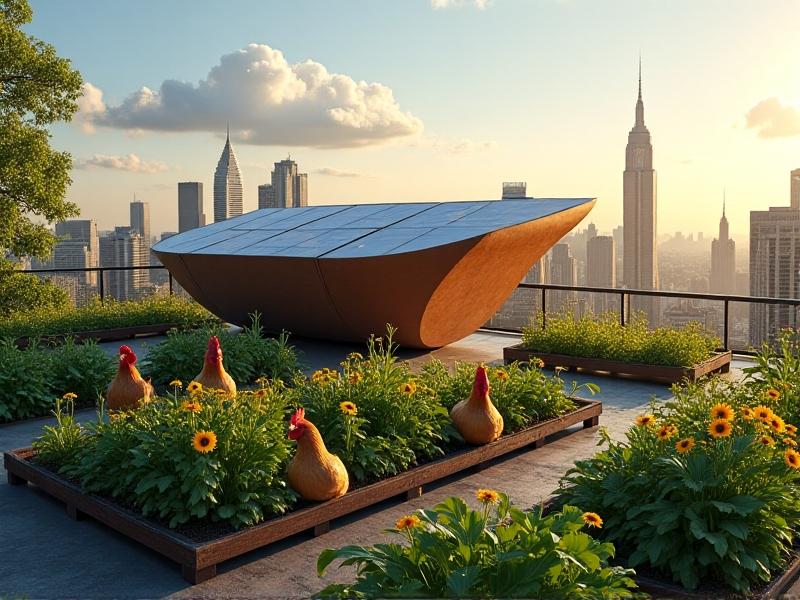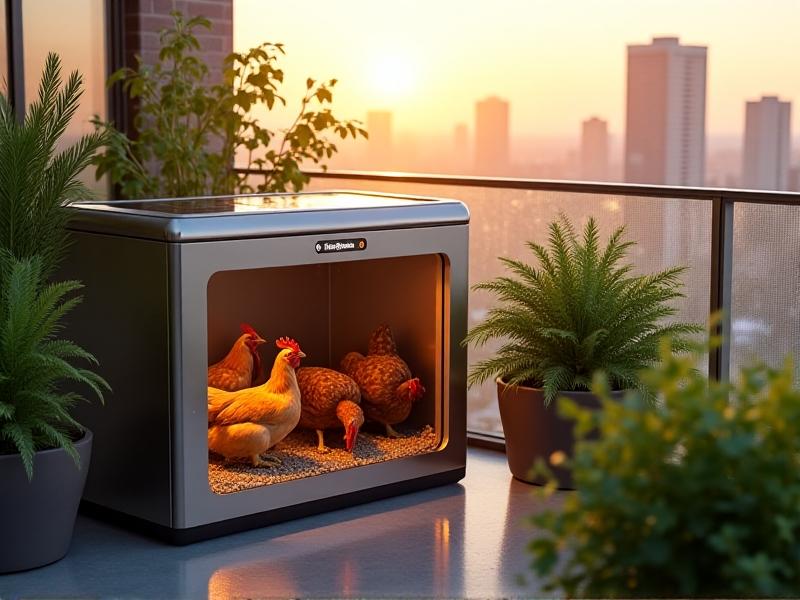Secure Run Design: Safe Outdoor Access in Limited Spaces
The Growing Need for Secure Outdoor Runs
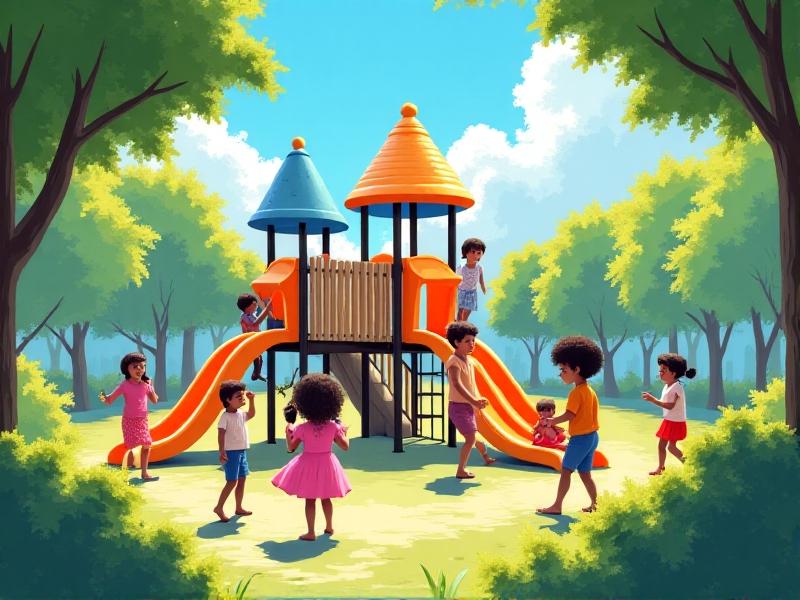
Urbanization has reshaped how communities access outdoor spaces. As cities expand, backyards shrink, and shared recreational areas become crowded, the demand for secure, well-designed runs—whether for children, pets, or fitness enthusiasts—has surged. These spaces must balance safety with functionality, especially in environments where square footage is limited. Families in apartments, schools with compact playgrounds, and even urban dog parks face the challenge of creating zones that minimize risks without sacrificing enjoyment. The rise in awareness about injury prevention, coupled with the need for mental and physical health benefits tied to outdoor activity, underscores the urgency of rethinking how we design these areas.
Core Principles of Safe Run Design in Compact Areas
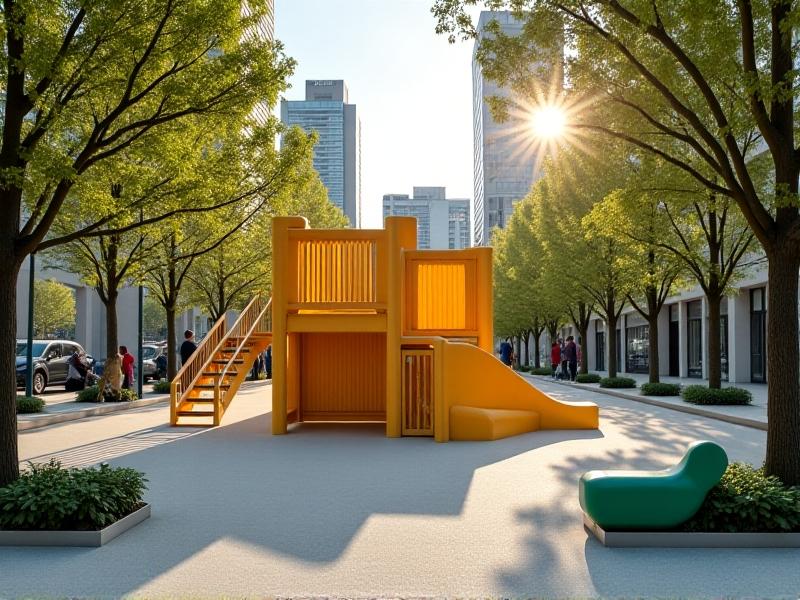
Effective secure run design hinges on three pillars: visibility, durability, and adaptability. Open sightlines allow supervisors to monitor activities without obstruction, while rounded edges on equipment and impact-absorbing surfaces reduce injury risks. Zoning is critical—dividing spaces into distinct areas for high-energy play, relaxation, and transitional pathways prevents collisions. Materials should withstand heavy use and weather fluctuations, ensuring longevity. For example, powder-coated metal fences resist rust, and rubberized flooring provides cushioning. Modular designs also enable reconfiguration as needs evolve, making spaces versatile for different age groups or purposes.
Space Optimization Techniques for Maximum Safety
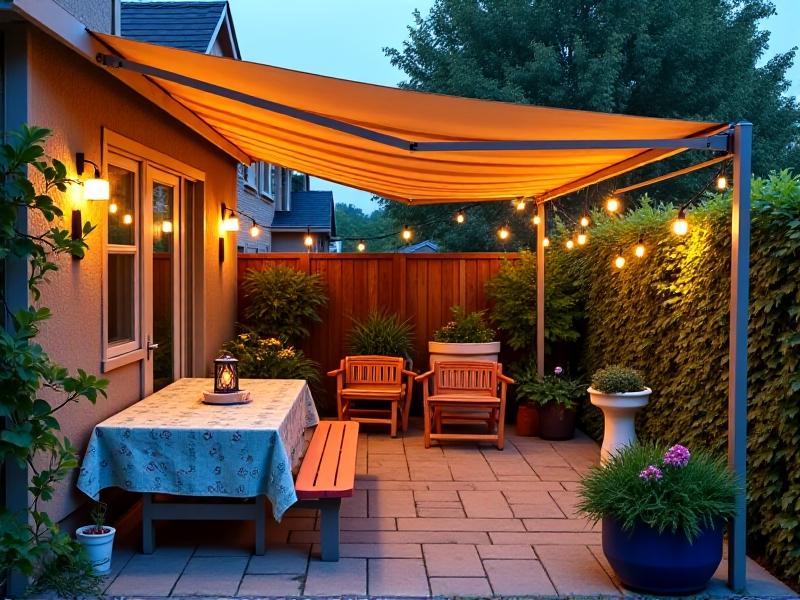
In tight spaces, every inch counts. Vertical elements like climbing walls or tiered seating maximize height without consuming ground area. Foldable or retractable features, such as collapsible benches or pull-out storage for toys, keep pathways clear. Strategic color blocking—using bright hues to denote active zones and muted tones for quiet corners—helps users navigate intuitively. Mirrors placed along fences can create an illusion of depth, reducing feelings of confinement. Additionally, dual-purpose structures, such as benches with hidden storage or planters that double as safety barriers, merge practicality with aesthetics.
Durable Materials and Surfaces for Long-Term Use
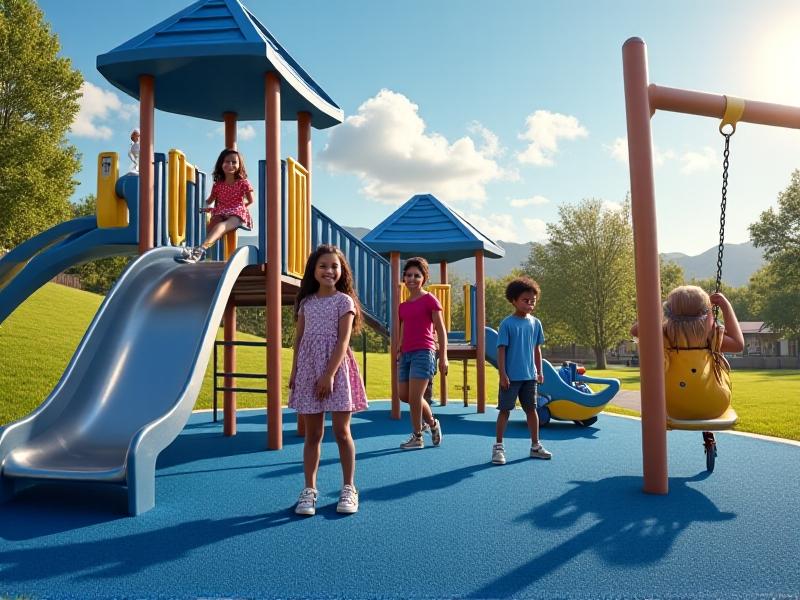
Material choice directly impacts safety and maintenance. Rubber tiles or poured-in-place surfaces offer superior shock absorption compared to concrete or asphalt. For fencing, galvanized steel or vinyl-coated wire provides durability and chew resistance for pet runs. UV-resistant plastics and treated wood prevent fading and splintering. Drainage is another consideration—permeable surfaces like gravel or grass pavers reduce water pooling. In high-traffic areas, reinforced edges and anti-slip coatings on steps or ramps further mitigate hazards. Investing in quality materials upfront lowers long-term repair costs and ensures consistent safety.
Accessibility and Inclusivity in Secure Run Environments
Safe runs must cater to diverse abilities. Wide pathways accommodate wheelchairs and strollers, while ramps with gentle slopes replace stairs. Sensory elements—such as textured panels, auditory features, or fragrant plants—engage users with visual or cognitive impairments. Adjustable equipment, like height-modifiable swings or raised garden beds, ensures everyone can participate. Shaded areas and seating with back support support elderly visitors or caregivers. Inclusivity also extends to pets: separate zones for small and large dogs, water stations, and agility courses with varying difficulty levels create welcoming environments for all animals.
Case Studies: Successful Secure Run Implementations
In Tokyo, a 500-square-meter rooftop park uses retractable astroturf and stackable seating to host morning yoga sessions and afternoon playgroups. In Barcelona, a school’s courtyard integrates collapsible climbing frames and movable planters to transform from a lunch area to a sports zone. A New York apartment complex redesigned its cramped pet run with artificial grass, a paw-wash station, and partitioned play zones, reducing conflicts between dogs. These examples highlight how creativity and community input can turn limited spaces into thriving, safe hubs.
Maintenance Strategies to Sustain Safety Over Time
Regular inspections are vital. Monthly checks for loose bolts, frayed ropes, or surface erosion catch issues early. Seasonal maintenance—like reapplying sealant on wooden structures before winter or cleaning drainage systems after storms—prevents deterioration. Communities can adopt shared responsibility models: residents report hazards via apps, while local businesses sponsor material upgrades. For pet runs, daily waste removal and weekly disinfecting protocols maintain hygiene. Documenting wear patterns (e.g., high-traffic zones needing extra reinforcement) informs future redesigns and budget allocations.
Future Trends in Secure Outdoor Space Design
Emerging technologies are reshaping secure runs. Solar-powered lighting with motion sensors enhances evening safety, while IoT-enabled equipment monitors structural integrity in real time. Augmented reality games projected onto walls or floors encourage active play without physical clutter. Biophilic design—incorporating natural elements like water features or native plants—promotes mental well-being. Modular, prefabricated kits allow communities to assemble customizable runs quickly. As sustainability gains priority, recycled materials and rainwater harvesting systems will become standard, merging safety with eco-conscious innovation.
